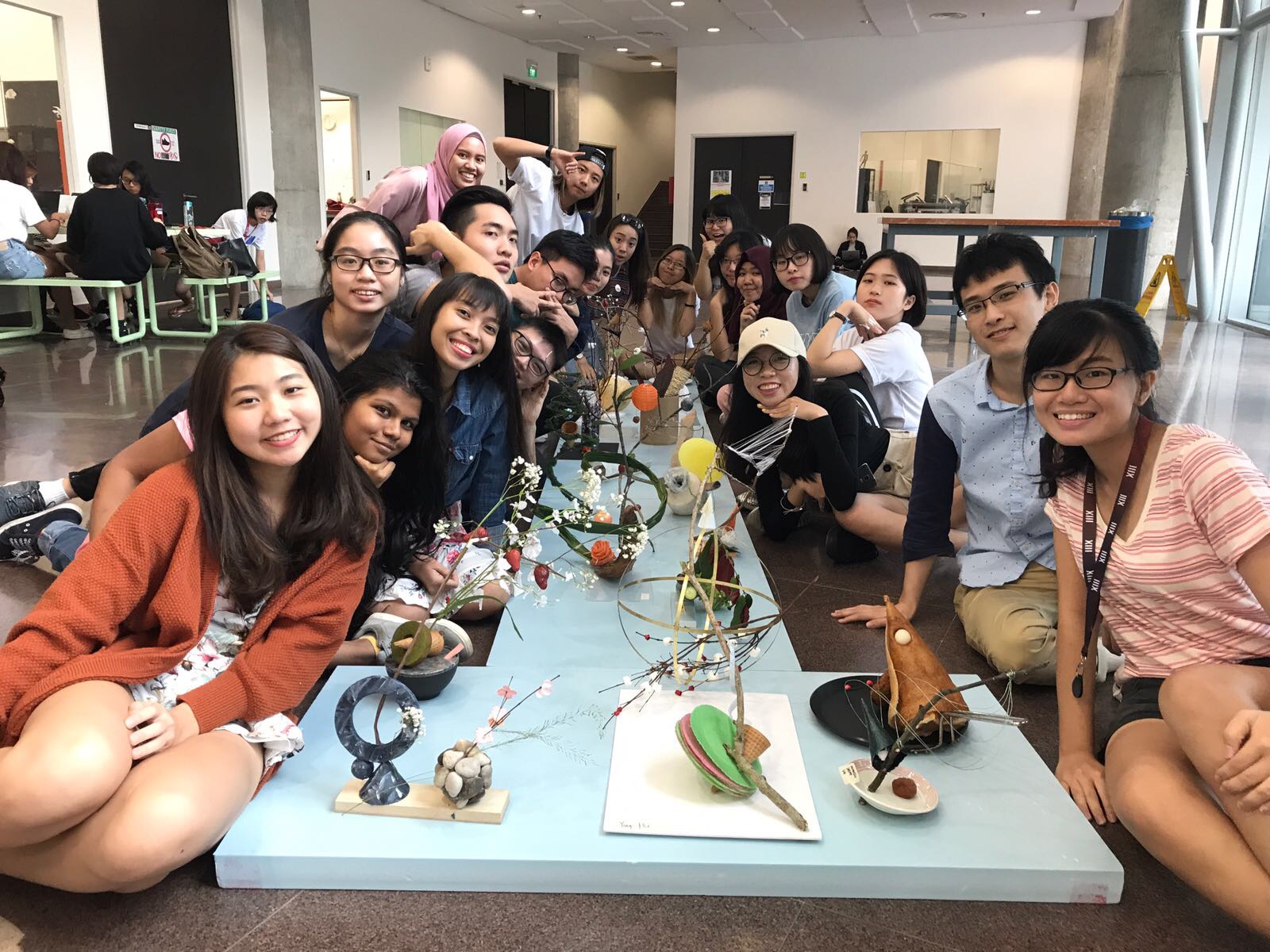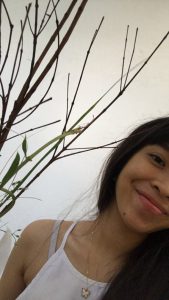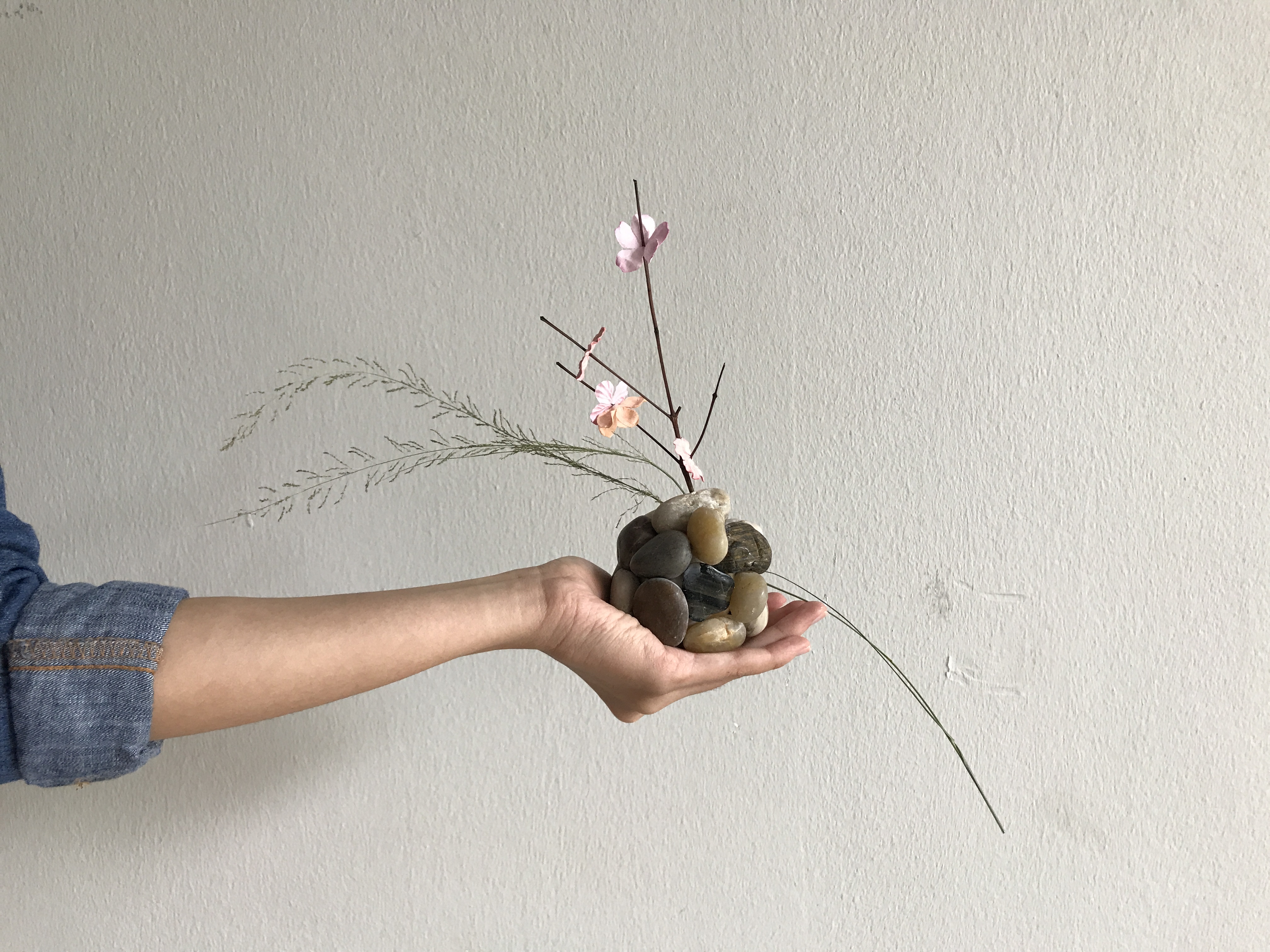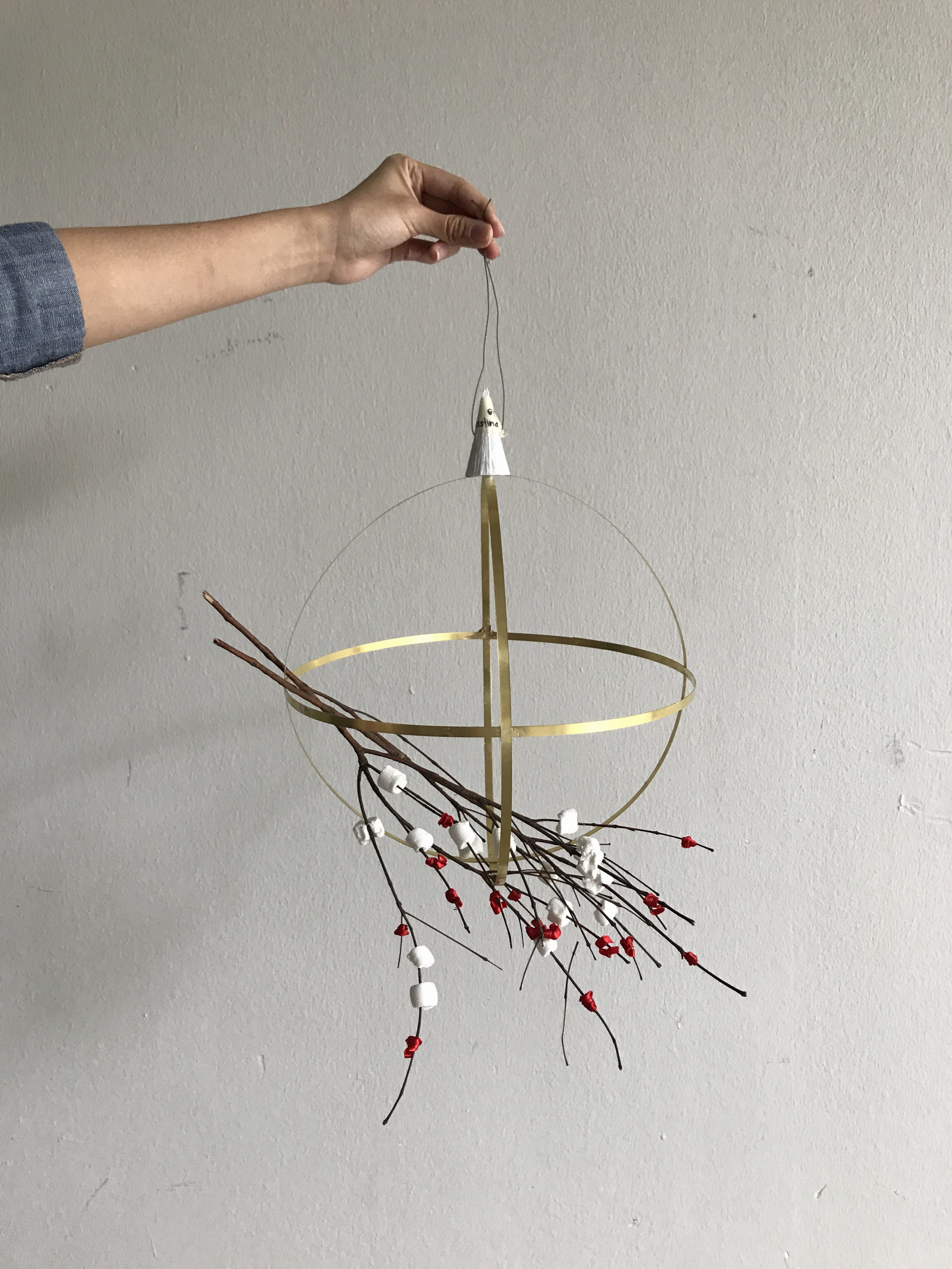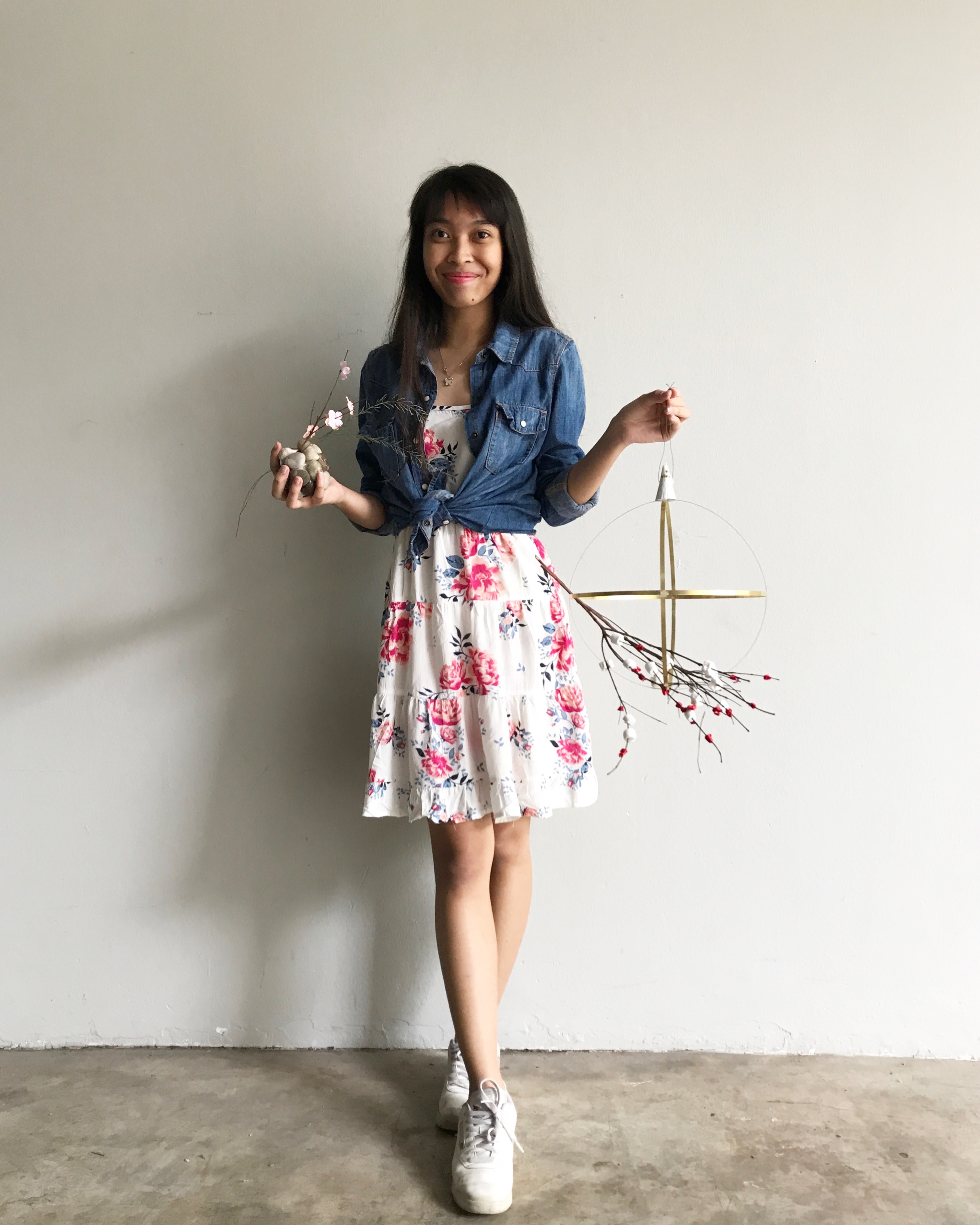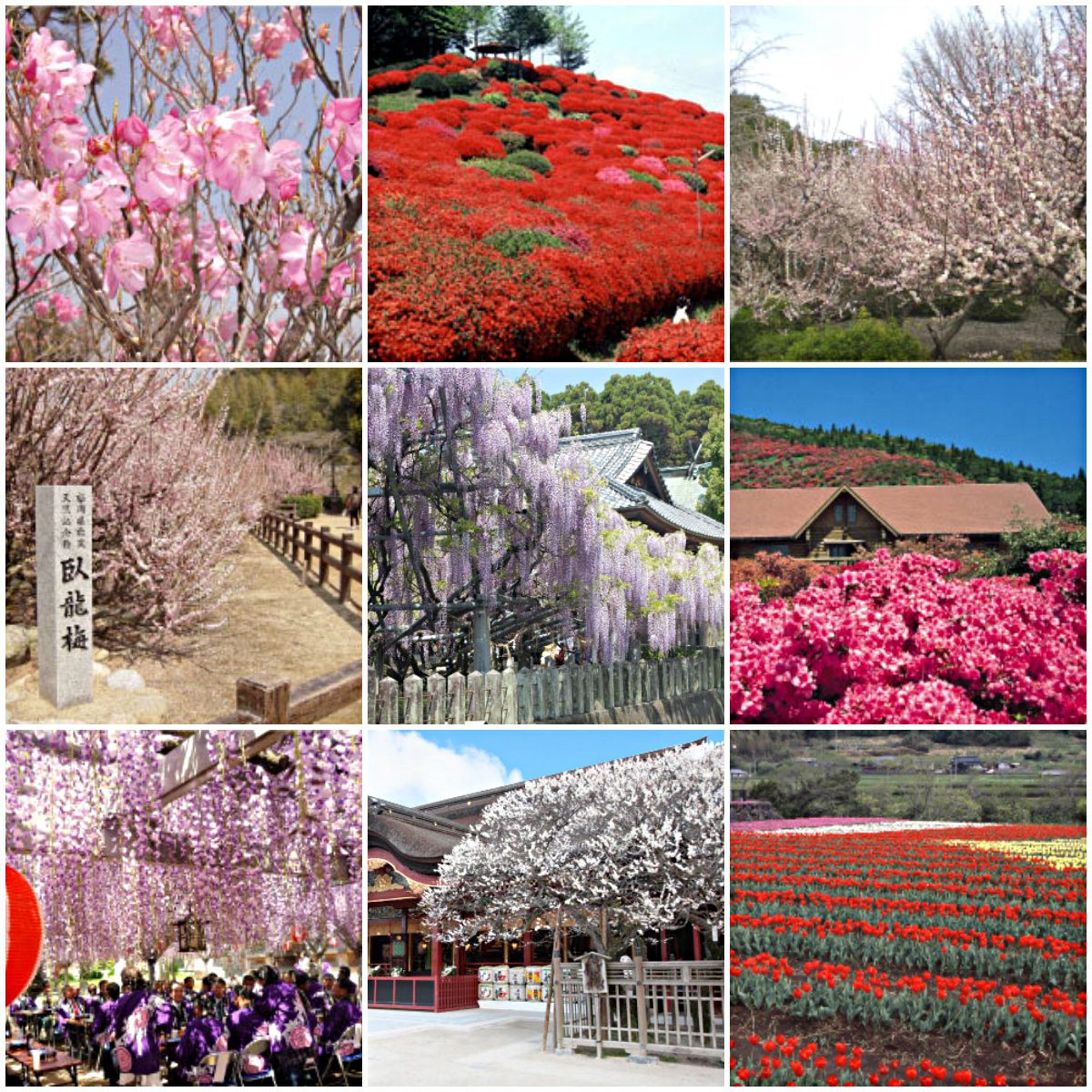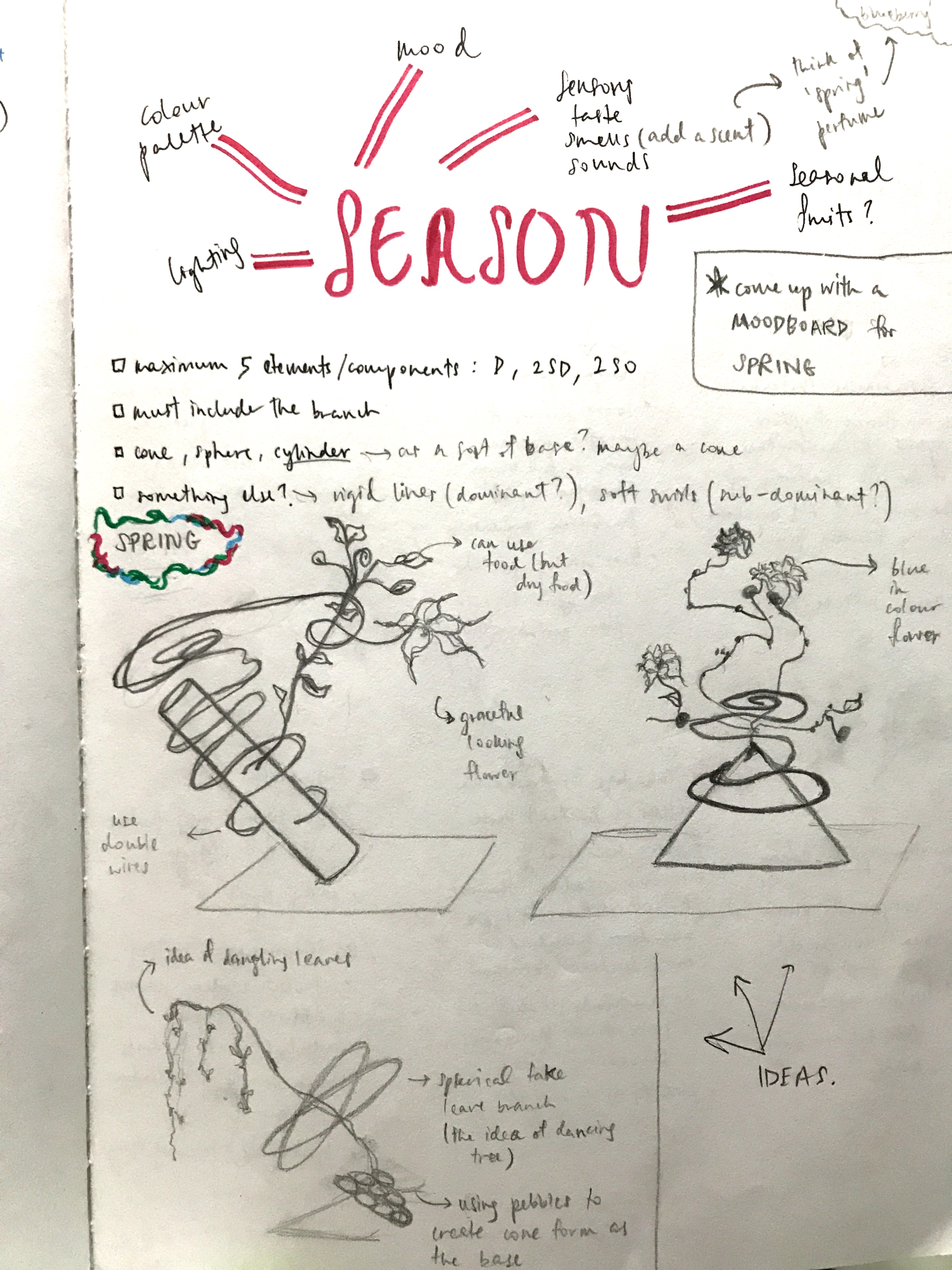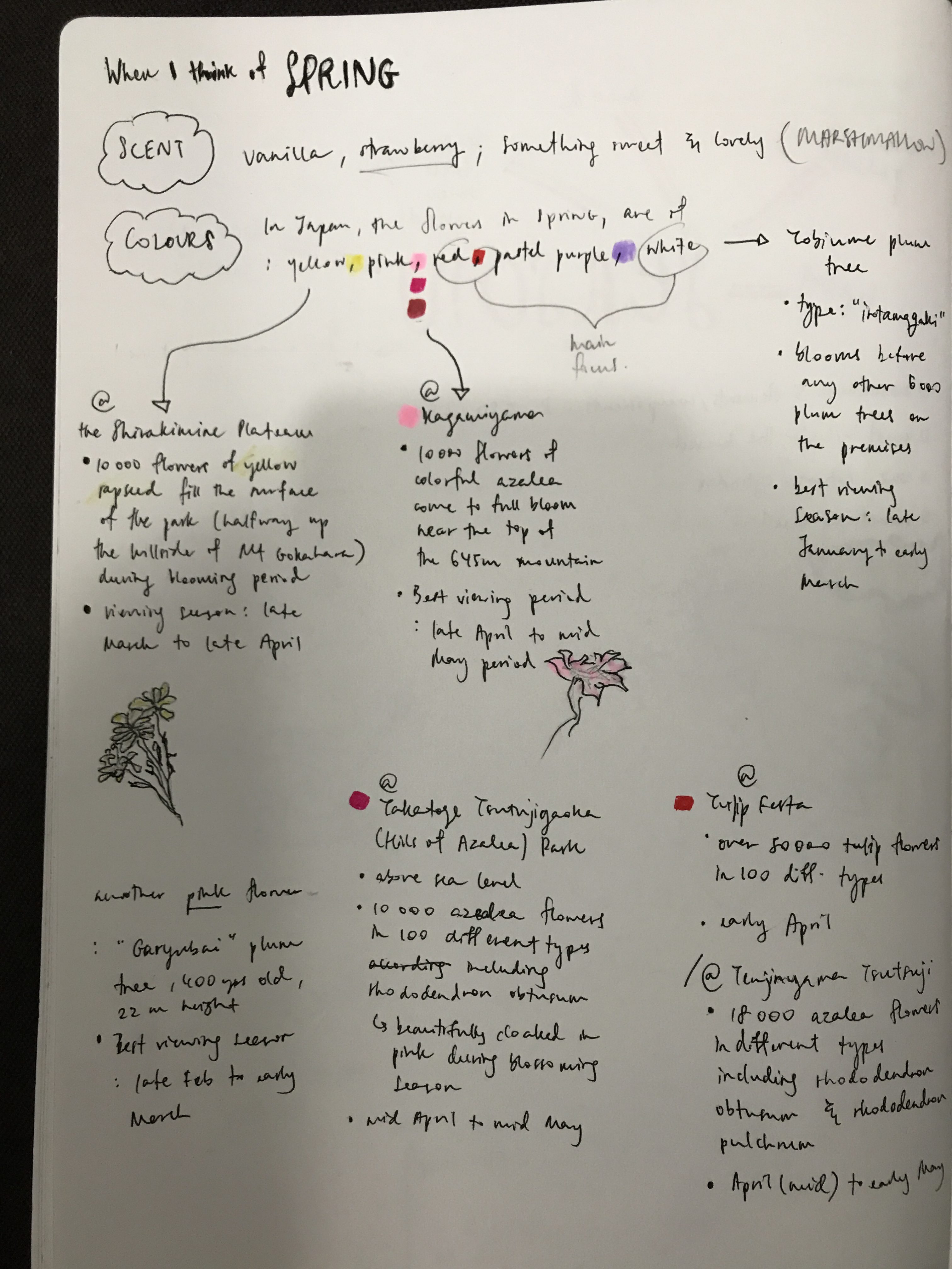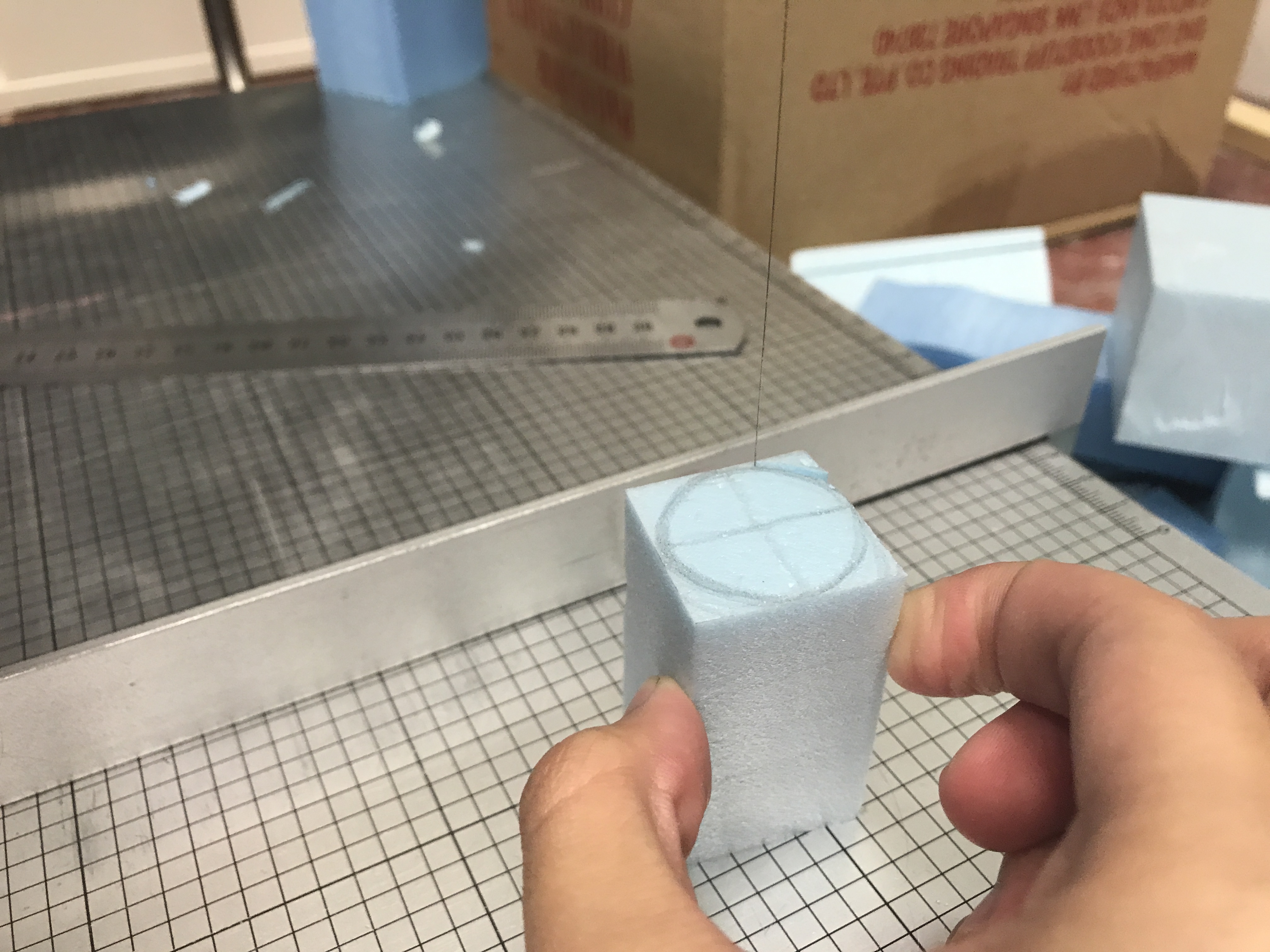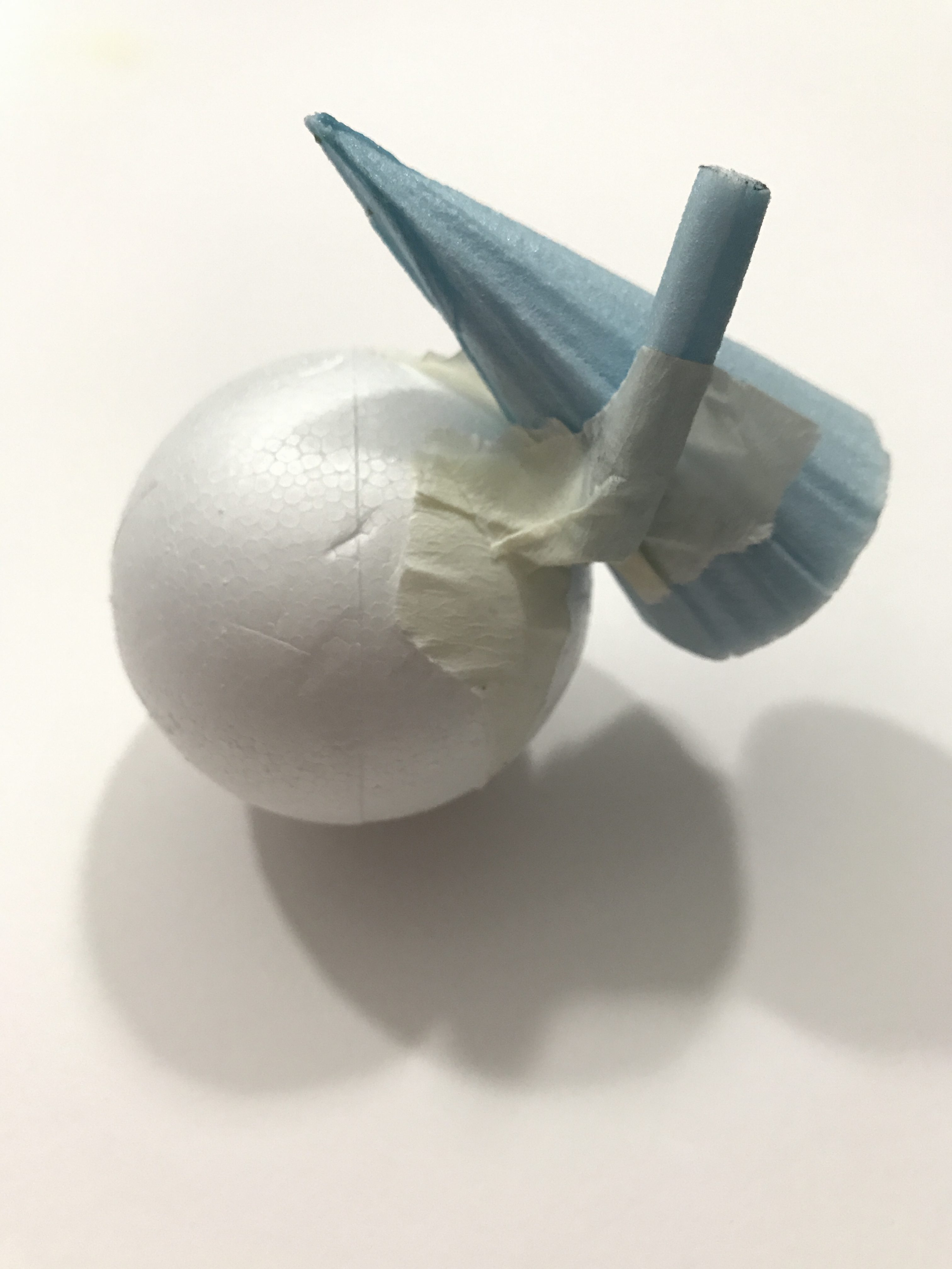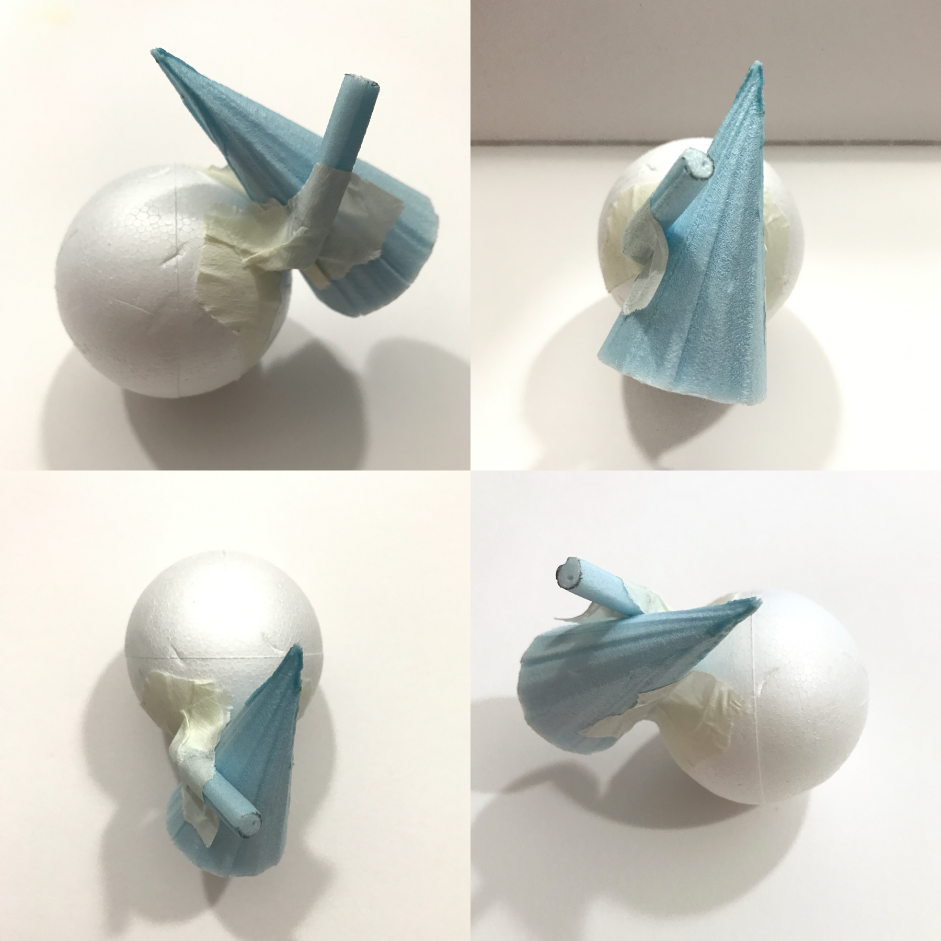Hi – welcoming you to this post with my newfound buddy on that day, my twigs. I call them “autumn”, for some reason idk.
Funny story behind this is, I was trying to look like i’m just taking a stroll around our neighbourhood field but my friend which is also my neighbour drove past me when I was almost done with picking branches and he caught me anyways. Hahahaha how lovely.
Before getting those branches done for art, of course i would clean them to rid of any insects.
Preparing for ikebana 1:
Using pebbles of different sizes and almost same tone of colours that resembles nature, to create my sphere, my dominant:
End result of sphere:
Then making fake pastel pink flowers to be poked through the twigs, to make them look like spring flowers. I also tried to use real little flowers you usually see growing out of those vast grasses:
Wedging the twigs into the pebble sphere, putting it in the right order and placement to make the long leaves hang loose like one of the Japan’s flowers that bloom during Spring, the Japan wisteria tree annnnnd voilaaa!
Initially I didn’t want to show this in class because for me, i was not satisfied as I couldn’t find a right place to put a cone, it just seemed lovely this way. BUT after viewing it in class, the best ideas came from professor and my friends where they suggested I could just get more of those long flowy leaves and stack them like the direction you see above and it will already be shaped into a loose cone on the other end!
HOW INTERESTING.
So because I didn’t know this, and because I still was excited to create more, I just decided to create 1 more. A different style.
Ikebana 2: I used 3 bendable gold wires for this, to create another huge sphere as my dominant.
In the end after putting marshmallows (i thought of spring flowers as something that scented vanilla and sweet) and fake red flowers made out of ribbons wedged into the twigs, this is the outcome:
I could have made the cone be less obvious by simply just attaching 4 wires at the top and shape it into a cone as the handler. But overall I liked this one too, and the previous ikebana too. There’s room for improvements but I like what I did and that’s just something to be proud of.
So here my 2 SO(s) are the red and white ‘flowers’ that represent my hopeless romantic state whenever i think of Spring and their new beginnings. My 2 SD(s) are the twigs and the cone/wires on top as the handler (that could have been more obvious if i just amde the cone out of long thin wires). And my D is of course, the huge gold wire sphere. Purposely made it gold so it also seemed simple but elegant.
Overall, this was probably the best 3D class i’ve had because I truly enjoyed what I did and I loved the Gaia Ikebana idea – so enriching! And my classmates’ works are so unique it makes me smile so much, it was honestly a fun lesson. The process towards this made it worthwhile. 
